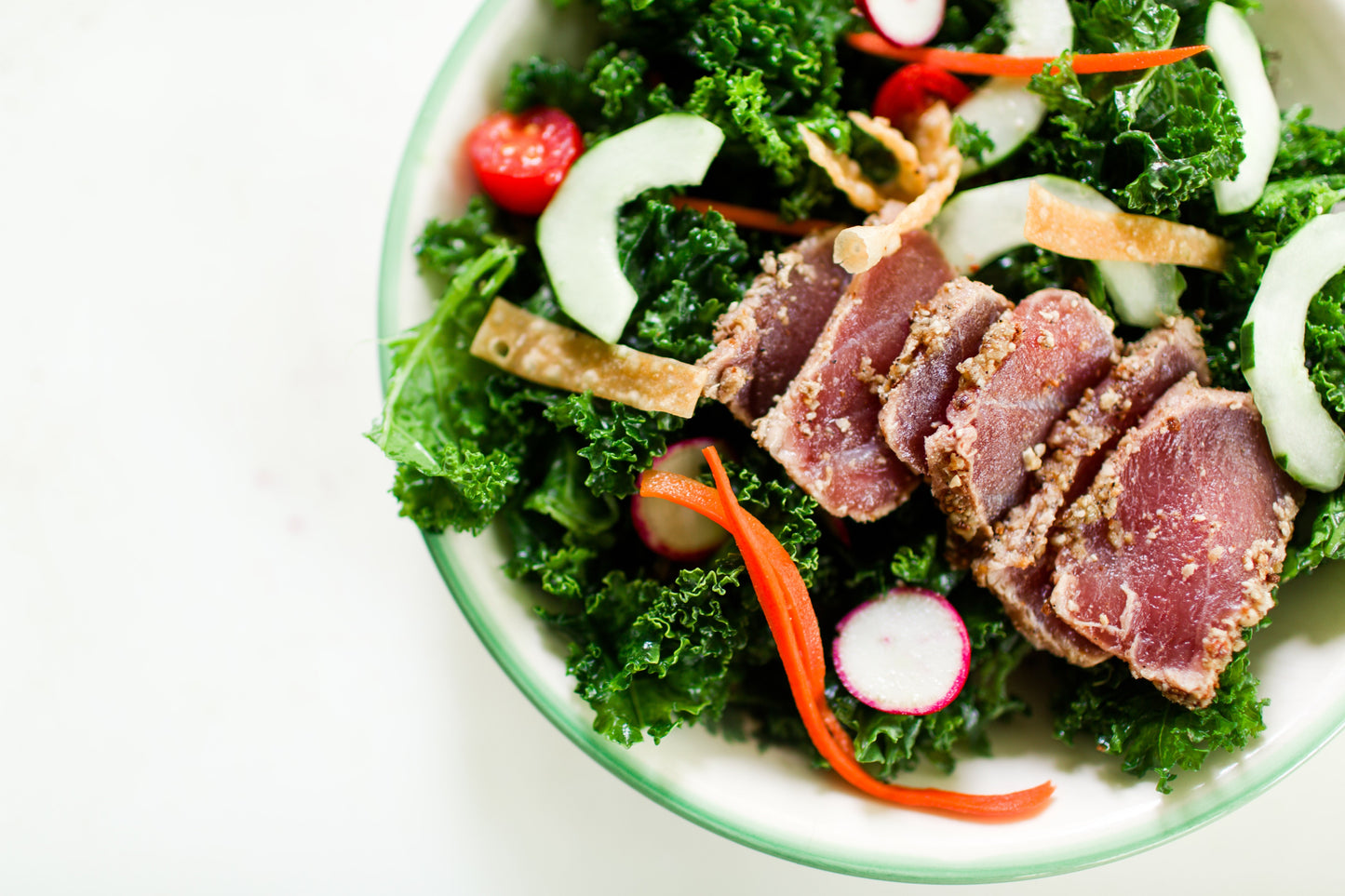
Pea Protein and the Paleo Diet
Each year, approximately 45 million Americans go on a diet. With demand like that, new diets seem to pop up every week. The paleo diet is all the rage now, but it’s nothing new. In fact, it’s probably one of the oldest diets around, dating all the way back to the Stone Age. If you’ve considered the paleo diet or one of its many variations, chances are you have a few questions, like approved foods, health benefits, and the differences between the various paleo diets. And if you follow a paleo diet now, you probably still have questions about what is and isn’t paleo. The paleo diet may seem limiting to some, especially when it comes to grains and legumes like peas and beans. Depending on the type of paleo diet you follow, you might be surprised at how many options you have.
The Paleo Diet
The paleo diet is modeled after the diet our earliest ancestors were thought to have followed. (Paleo is named after the Paleolithic era that dates back over two million years, which is why it is also referred to as the Caveman Diet.) The earliest people were hunter-gatherers, meaning they either hunted or gathered the food they ate. This includes animal proteins like fish and grass-fed meat, fresh fruits and vegetables, eggs, nuts and seeds, and healthy oils. The earliest humans were not, however, farmers. Millions of years ago, agriculture had not been developed, so human beings did not have access to the grains and different legumes that have since become a staple in the modern diet. Following the paleo diet means avoiding all grains, legumes, and dairy. It also cuts out foods all nutritionists agree are unhealthy, including processed foods, sugar, salt, and refined vegetable oils. Paleo diets have become incredibly popular over that past few years, largely in part because of the health benefits they provide. Some of these include:
- Weight loss. The paleo diet eliminates processed foods, refined sugars, and many other foods that lead to weight gain.
- Improved heart health. Studies have shown that following a paleo diet can help improve blood pressure and cholesterol levels.
- Better digestion. The high fiber content of the paleo diet, coupled with reduced sodium, helps reduce bloating and water retention. Additionally, eliminating gluten-containing grains helps reduce symptoms like gas and stomach pain in people who have gluten sensitivity.
Types of Paleo Diets
The actual premise of the diet—to follow a hunter-gatherer way of eating—and the health benefits of doing so has been around for years. As a general rule, if you avoid grains, legumes, dairy, processed foods, and refined sugars, you’re following a paleo diet. While many people follow a strict paleo diet and thrive on it, others use it as a guide to build upon. Whether or not a food or even group of food is considered “paleo” has led to different versions of the paleo diet. Variations exist because there are some grey areas. Some of the more common varieties of the paleo diet include:
- Primal-based diets. Primal diets have many similarities to paleo diets—they both advocate eating lots of vegetables and protein, avoiding sugar and gluten, and staying away from grains. However, primal diets allow more leeway with dairy, and they aren’t opposed to legumes.
- Dairy. Some paleo diets have expanded to include dairy, as long as it is in its raw and natural state and as long as your body doesn’t have an adverse reaction to it. Strict paleo adherents say that dairy has no place in a paleo diet, since cavemen didn’t farm cows or other livestock. A number of health advocates also support this stance, citing the fact that nearly 65 percent of the population is lactose intolerant.
- Fruit-free. Some of the strictest adherents of paleo diets also cut out fruits and fruit juices because of their high sugar content. However, the type of fruit found in fruits, called fructose, is naturally-occurring, whereas refined sugar, called sucrose, is not.
- No grains. The strictest paleo diets prohibit grains and legumes in all forms, mainly due to the presence of antinutrients. (More on that in a minute.)

Going Against the Grain
Regardless of the type of paleo diet, the main thing they have in common is the avoidance of most grains and legumes. Paleo diets avoid these food groups because of their presence of antinutrients. Antinutrients block the body’s ability to absorb important nutrients, and they’re rampant in legumes, soy and grains. These compounds are formed in plants and work as a defense against predators and chemicals in the soil. Today, the cooking, sprouting, and processing that grains and legumes go through significantly reduces antinutrients to a point that they are no longer considered harmful to health. This is a common misunderstanding. While cavemen avoided grains and legumes, modern technology and access to kitchens means that no one has to eat raw wheat, rice, or beans. Some antinutrients include lectins, gluten, and phytic acid, which has actually been studied for cancer-preventing qualities. Most antinutrients are dose-dependent, meaning the effect on the body depends on the amount you consume. This is where the grey area of paleo diets comes in. Most people don’t consume excessive amounts of foods that are high in antinutrients, which is why a number of paleo diets allow the consumption of legumes. When consumed in moderation or in a state that eliminates the negative effects of antinutrients, legumes and some grains can provide an array of benefits like heart and digestive health.
Pea Protein
Variety is the spice of life, and that goes for protein, too. Consuming animal protein for 30% of your diet, as paleo diets recommend, can be difficult for some people. Plant proteins can be an excellent supplement to paleo diets. Growing Naturals pea proteins can easily add needed protein and versatility to your diet. If you’re following a paleo diet that allows legumes, here are a few benefits of adding pea protein:
- Plant proteins are a concentrated protein product. As a result, most of the starch and carbohydrates—and antinutrients that paleo dieters shy away from—have been removed from pea protein. The same can be said for rice proteins.
- Pea protein can supplement animal protein, providing more versatility for the body and your palate. Add it to your smoothies and soups for a plant-based protein powder on the go.
- Unlike whey or casein powders, pea protein is vegan and completely dairy-free.
- It cuts down on the amount of animal meat you consume. For people who tend to get most of their protein from red meats, pea protein may reduce your chances of developing high cholesterol and other issues that arise from meat-heavy diets.
Are Plant Proteins Paleo?
Whether or not pea protein and other plant-based proteins are truly paleo depends on the type of paleo diet you’re following and how strictly you follow it. True, our caveman ancestors weren’t blending up powder protein shakes every morning. However, many people modify their paleo diets depending on their personal preference and nutritional needs, adding in foods they like that don’t cause them any negative effects. This often includes legumes. If you’re following the paleo diet and are flexible about the foods you eat, why not give plant proteins a try? With so many health benefits—plus the added benefit of supplementing your animal protein with a heart-healthy, nutrient-rich options—even our earliest ancestors would approve! Written by: Jill Overmyer Edited by: Scarlett Full, in-house Registered Dietitian
